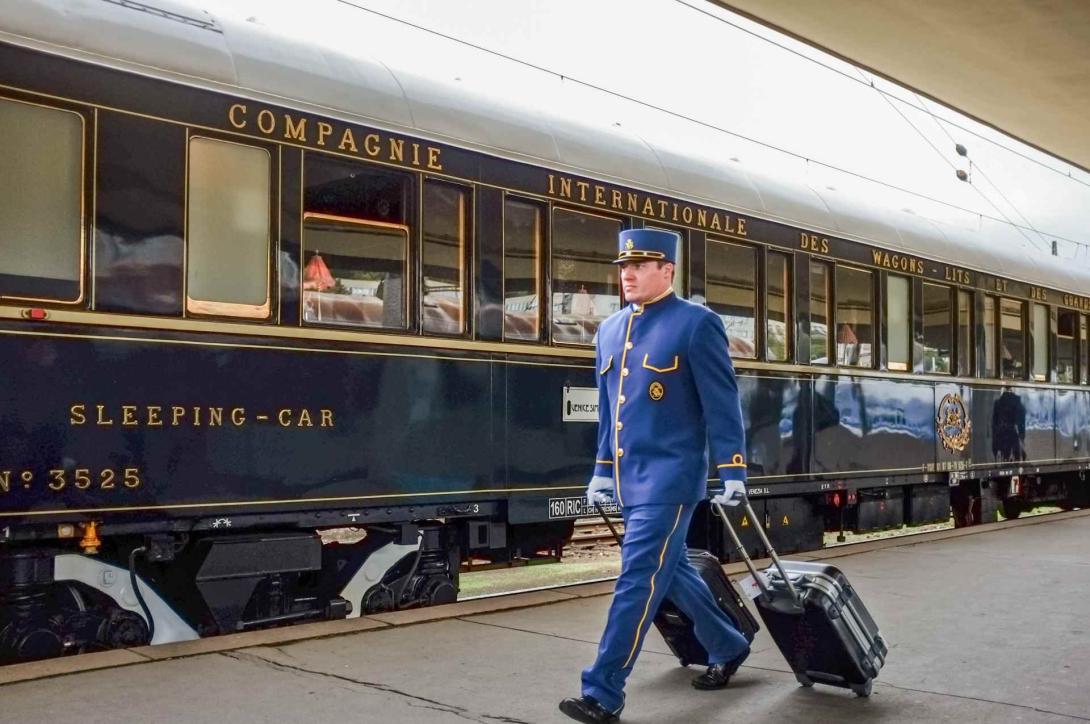
Legendary train journeys
Travelling is one of the great privileges of today’s society. However, this pastime goes way back in history and the first encounters that allowed the journey’s route to be enjoyed were granted by trains.
By the middle of the 20th century, with the proliferation of commercial flights, trains began to be relegated to a second place when planning long journeys. But, what happened to the legendary trains that covered great distances and that offered the chance to travel anywhere without having to leave their carriages, surrounded by all kinds of luxury?
The Transiberian
Although the train that covers the route between Moscow and Vladivostok tends to be known as the Transiberian, the truth is this route includes several trains, so it is more appropriate to talk about the railway line. It was inaugurated in 1904 to connect the Russian capital city with the Sea of Japan, on the Pacific coast and it is the longest railway line of all times: it covers 9,289 kilometres, crossing eight time zones over a journey of at least seven days. Currently, the Transiberian has two options, the Transmongolian route that joins Moscow and Beijing, passing through Mongolia and the Transmanchurian route that joins Moscow and Beijing, without passing through Mongolia. A unique experience that offers different options for all types of travellers. The regular railway line trains have three types of compartments: first class or Spalny Vagon, which is the most expensive and is fitted for two people, although some have a shared shower room. The second class or Kupé is a closed compartment for four people and the third, the Platzkart, is the cheapest and therefore, the most uncomfortable, with shared compartments.
The Orient Express
When thinking about legendary trains, we must not forget the historical Orient Express, which inspired one of the most famous mystery novels from 20th century literature by Agatha Christie. Inaugurated in 1883, this railway line initially joined Paris with Giurgiu in Romania, although the idea was to reach Istanbul, the heart of the Ottoman Empire. It departed for the first time from the Gare de l’Est with 17 carriages, filled with diplomats, movie stars and writers and overflowing with luxury. This train covered a route of almost 2,800 km and it stopped in important European cities such as Munich, Vienna or Budapest. Currently, in the 21st century, after years of abandonment, a series of 17 carriages were recovered thanks to an initiative promoted over the Internet and it is ready to be restored and should return to the tracks for 2024.
Parallel to this, in the 1980s, the American James Sherwood, the owner of the Cipriani Hotel in Venice, recovered several of the trains with the same spirit of luxury and experience and created the Venice-Simplon Orient Express, which still today remains one of the most emblematic trains in the world. In reality, it includes two trains, a historical British Pullman train that covered the London to Folkestone route and a Continental train with classic carriages from the 1920s from Calais in France to Venice. Its most regular route is London-Paris-Venice in both directions, passing through Austria and Switzerland. It also has a route between Paris and Istanbul (3,012 km) crossing France, Switzerland, Austria, Hungary and Romania – with stopovers in Vienna, Budapest and Bucharest– which is now only offered once a year, in September.
Europe from a carriage
Today, there are other trains that travel through Europe offering unique experiences, such as the Bernina Express, which connects Switzerland to Italy, crossing the Swiss Alps, along the Albula line and the Bernina line, which have belonged to the UNESCO’s World Heritage Sites since 2008. The Nordland Line, the longest train in Norway, which covers 729 kilometres, immersed in Nordic natural landscapes. And even in Spain, the also mythical Transcantabrian train travels across the north of the country between San Sebastian and Santiago de Compostela (in both directions), looking for the greenest landscapes during a journey lasting 8 days and 7 nights.




